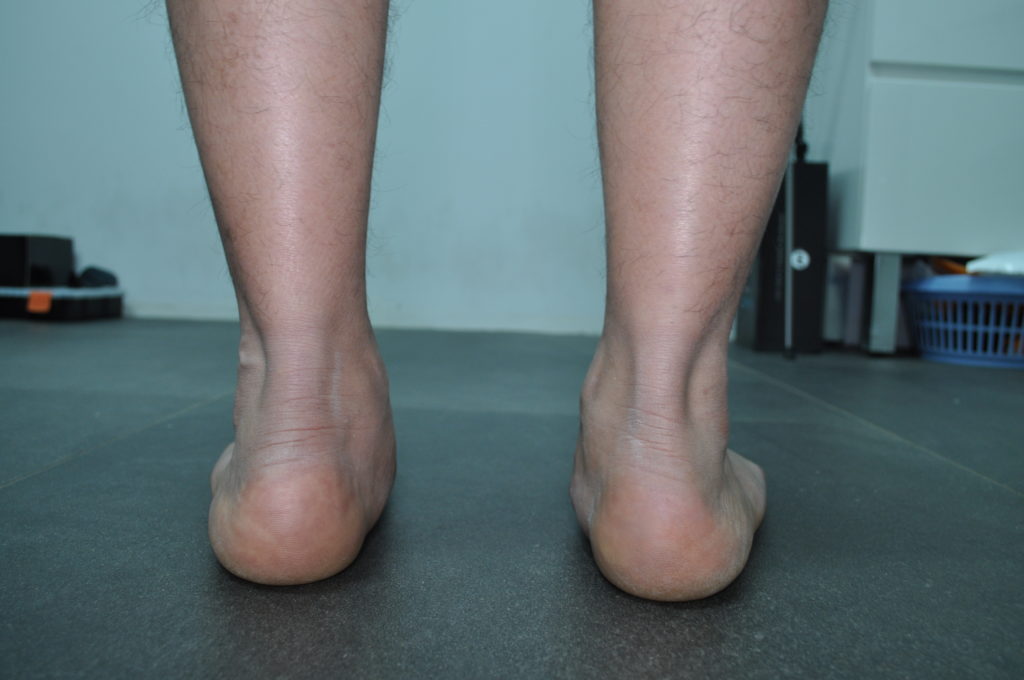
“Growing Pains” in children may also be the result of hypermobility or feet that roll in too far.Įxcessive pronation or hypermobility tends to contribute to a lot more problems when the degree of foot pronation is significantly different between the left and right side.

greater trochanter bursitis or inflammation near the hip joint) Patellofemoral syndrome, chondromalacia or cartilage damage beneath the kneecap) shin splints, posterior tibial tendonitis) ankle instability, deltoid ligament strain, sinus tarsi syndrome) heel spurs, plantar fasciitis, achilles tendonitis, achilles tendinopathy) bunions, hammer toes, calluses and corns) Symptoms can occur in a range of areas including the:


True flat feet won’t cause a problem but flattened feet secondary to foot pronation can contribute to a variety of overuse injuries, sports injury, foot problems, aching legs and postural complaints. Click To TweetīOOK ONLINE for an Initial Low or No Gap* AssessmentĬall 8362 5900 to schedule a Gap Free* examination to discuss your options. True flat feet won't cause a problem but flattened feet caused by excessive foot pronation or hypermobility can contribute to a variety of overuse injuries, foot problems, aching legs, knee pain and postural complaints. So when feet pronate or “roll-in” excessively, they appear to be flattened through the arch and are, for this reason, often mistakenly termed “flat feet”. This simple test can be used to determine whether or not you have true flat feet or simply pronated (aka “rolled-in”) feet. It is only when standing or weight-bearing that the feet collapse. Most feet when observed in a seated or non-weight bearing position have an arch. Hypermobility and excessively pronated feet are two problems podiatrists encounter frequently and these two issues together can contribute to many overuse foot and leg injuries. Excessive pronation, which is what can be seen in the above image, is estimated to be present in almost half the population with approximately 10% of the population displaying general hypermobility in conjunction with excessively pronated feet. A true flat foot where the arch is very low may be quite normal but a severely pronated foot (or hypermobile foot) can cause significant problems in the feet, legs and overall posture.įlat feet in their true sense will be well aligned in relation to the leg and the arch of the foot will appear extremely low. This is where it gets a little confusing…Īn excessively pronated foot can give the appearance of a flat foot where there appears to be a reduction or loss of arch height. Pronation of the foot is normal to a certain degree but there are times when this type of motion may be excessive and, when significant, can contribute to forces causing pain in the feet and legs. Foot pronation is the type of motion which can be observed when you see feet “rolling in” in relation to the leg.

Flat feet are often confused with pronated feet.


 0 kommentar(er)
0 kommentar(er)
